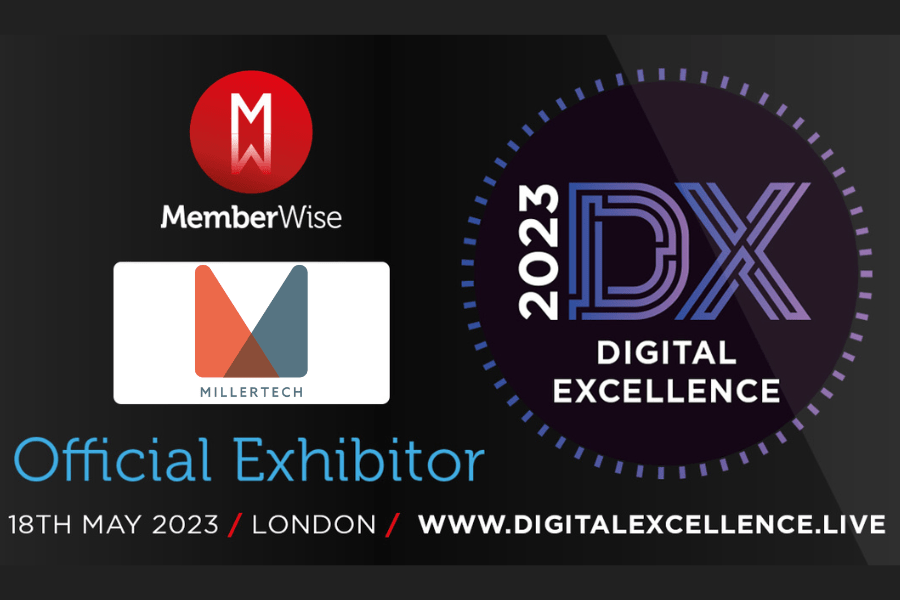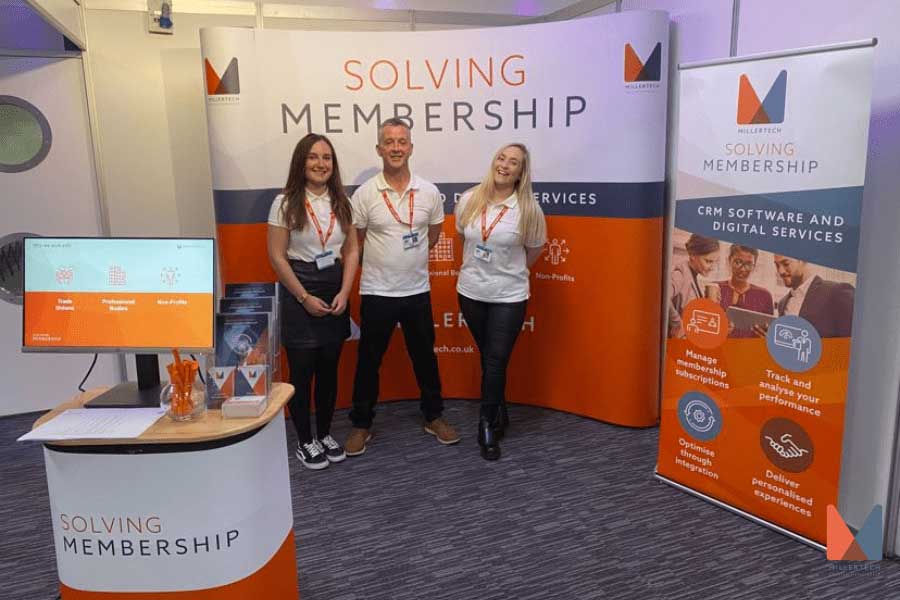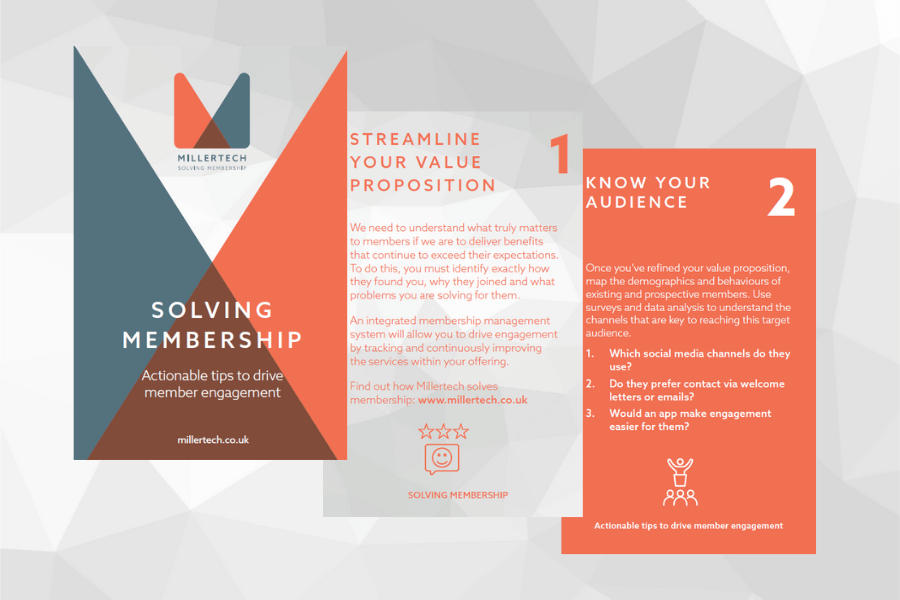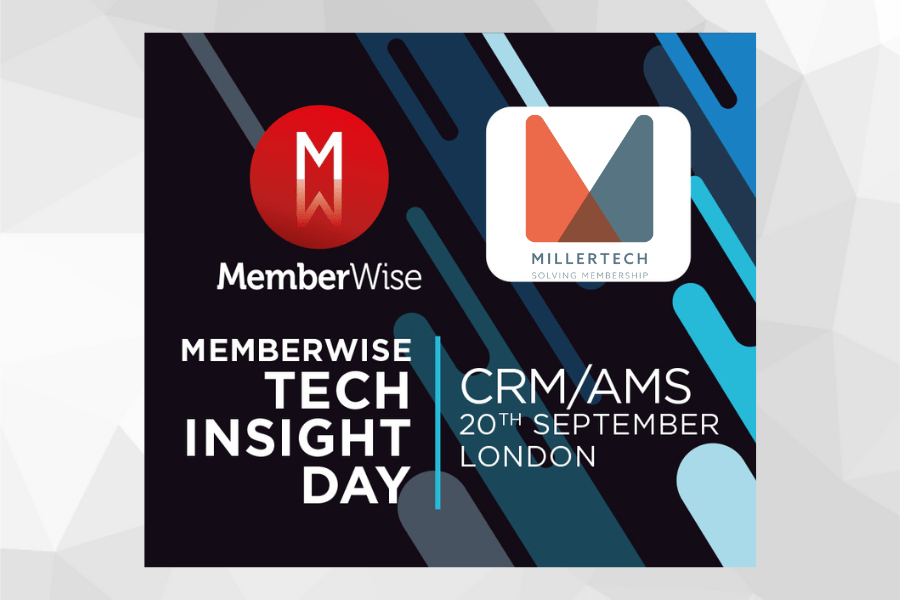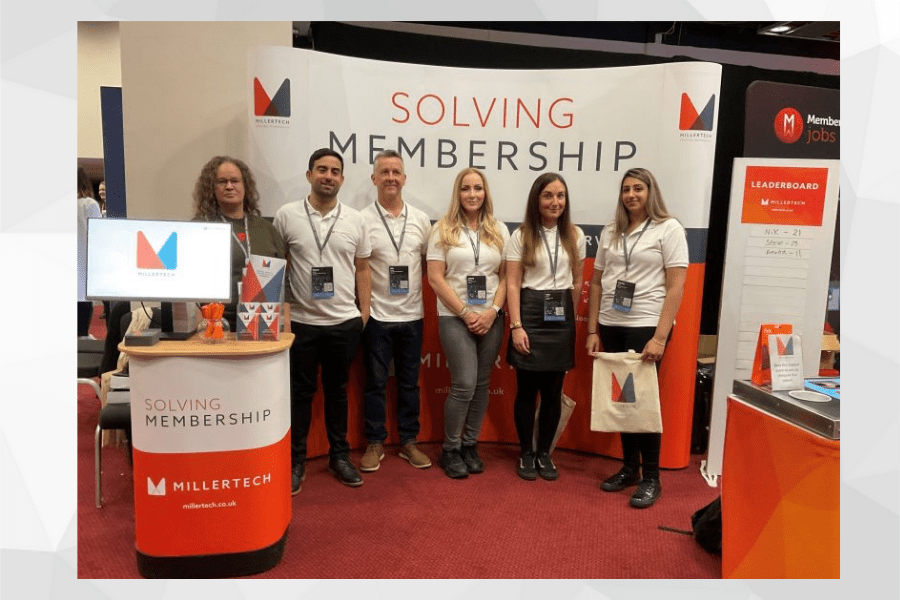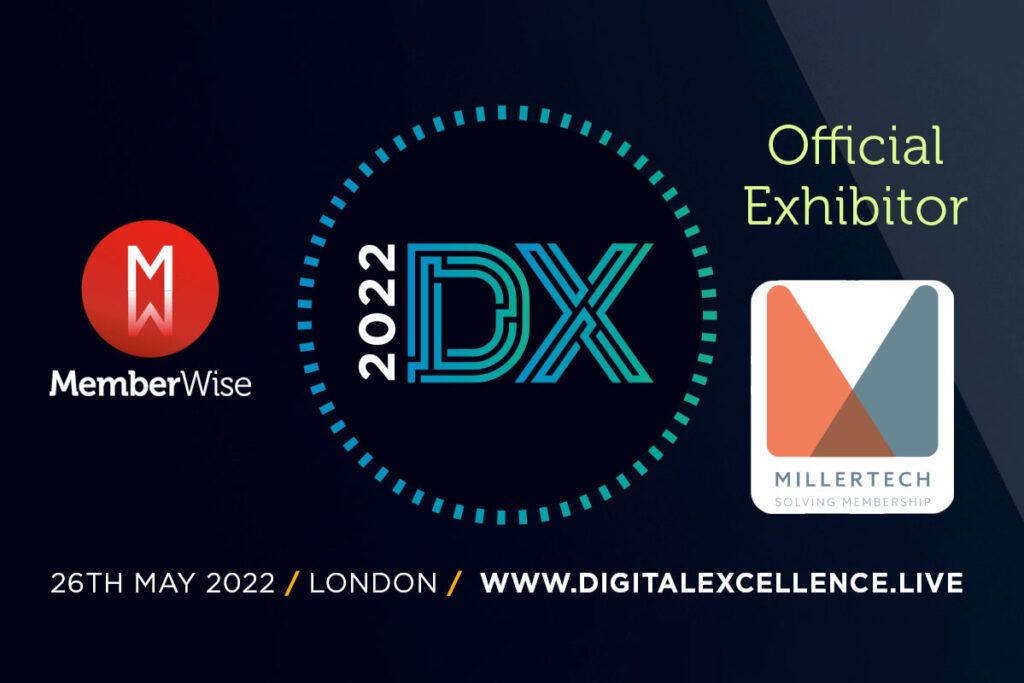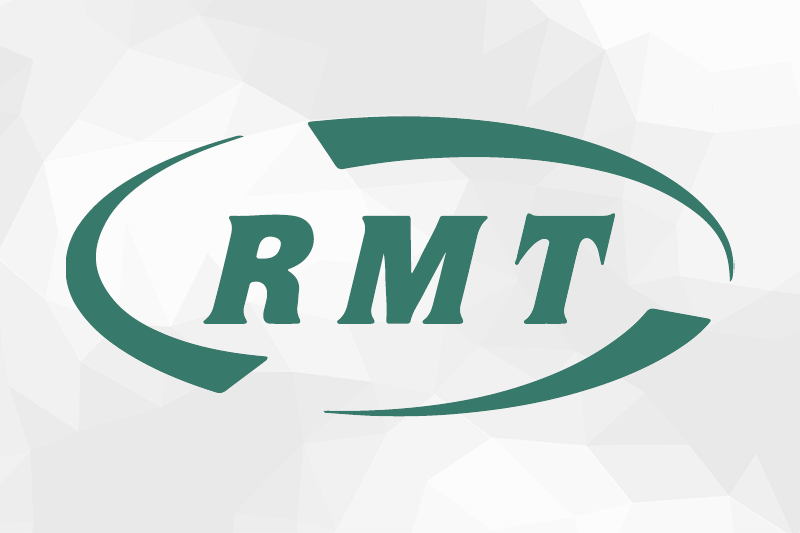Digital transformations are complex projects in which membership organisations often struggle to know where to start.
Once you are set with your membership organisations strategy and have a clear member value proposition, there are two key areas of planning which will be vital to the digital transformation process and key in referring back to as you move through your project.
Once we’ve redefined the value proposition and understood what processes need to change to support it, the real work of digital transformation can begin. And again, there are a number of best practices which can optimise the outcomes from these types of investment.
1. Develop a Business Case
If your project requires board approval to move forward, a business case is an essential tool to outline and justify the reasons for the project.
This seems like an obvious step, but it can be easily overlooked when an organisation is rushing to implement changes. Whilst ignoring this will shorten project timelines, it also introduces significant risk that can undermine the entire strategy. Taking the time to properly set objectives and understand how they link to the overall business strategy ensures that we remain focused on solving the right issues and servicing the right needs.
Reviewing the available options and weighing the benefits of different solutions is also vital. We need to understand the cost and timeline implications of each and understand how to mitigate the risk that they might add to the project.
2. Develop Business Requirements
There are a number of ways to develop these requirements but from Millertech’s perspective as a technology provider, achieving coherence is a crucial factor. An organisation needs to understand for which people, both internally and externally, the technology is being implemented. And then it should lay out all of the tasks that these user personas need to achieve and understand why they do them.
The output from this phase should be a set of technologically agnostic user stories that provide a roadmap for the digital transformation and quantifies what it needs to achieve.
Example one
- I am: A Millertech user
- I wish to: Set up a new event
- So I can: Manage event and promote on corporate website
As a Millertech user, I would like to set up a new event so I can manage event and promote on corporate website.”
Example two
- I am: A member
- I wish to: Update my preferences
- So I can: Manage the style of communications I receive
As a member, I would like to update my preferences so that I can manage the style of communications I receive.”
If you need more information on our digital transformations then please contact us.










